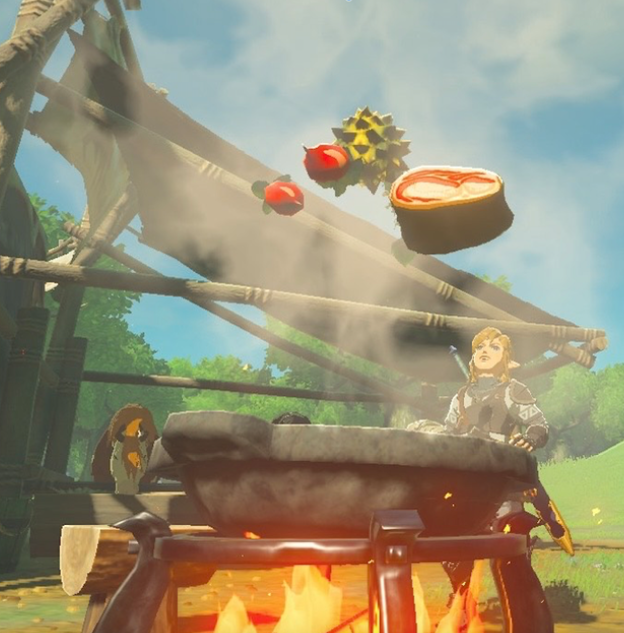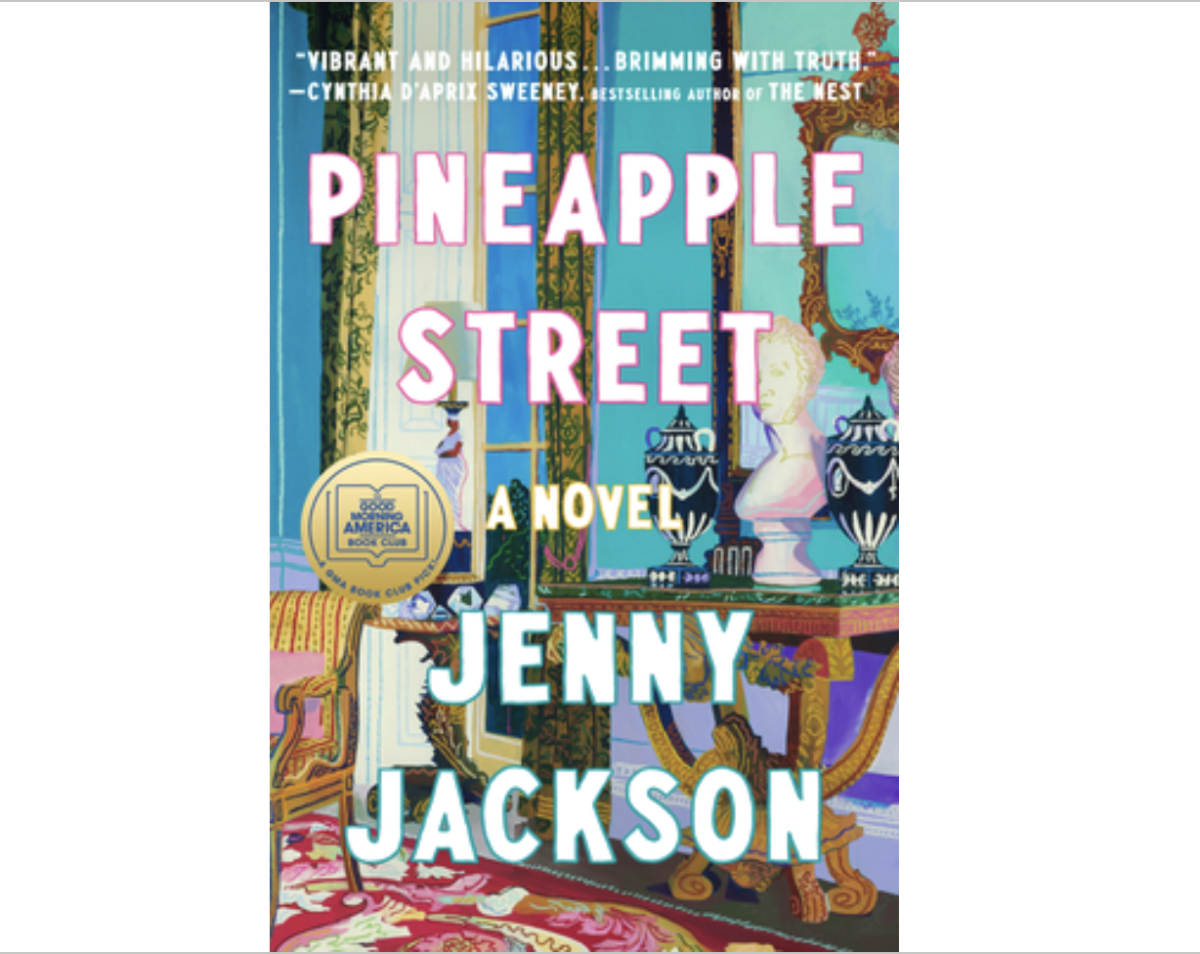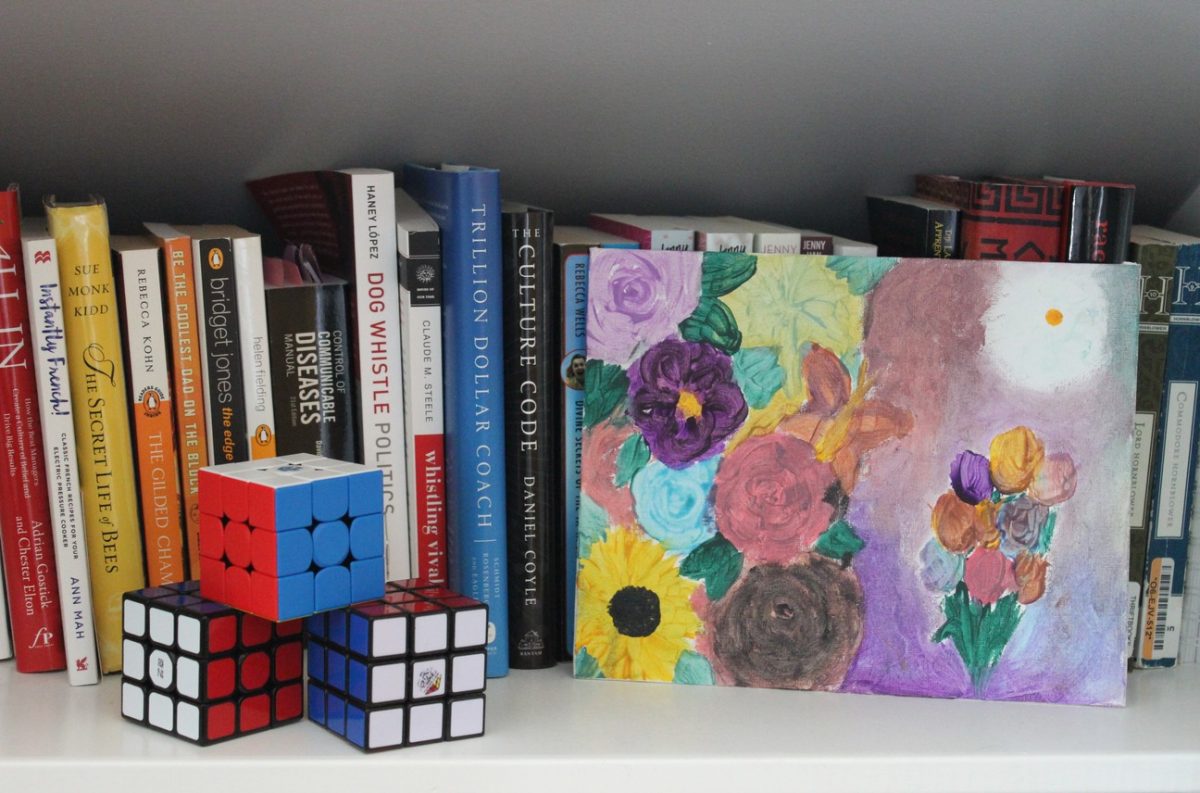To say that “The Legend of Zelda: Breath of the Wild” changed the gaming scene back in 2017 would be an enormous understatement. As the debut title for the brand-new Nintendo Switch, the game united long-time Zelda fans and brand new players who were just picking up a controller. After the tutorial, you’re free to choose where you go, when, and how you’ll get there. By relying less on scripted events and a static storyline – for the first time in the franchise’s history, the story was in the hands of you, the player. Choosing your play style and how Link (the game’s protagonist) will become the hero of Hyrule is, in my opinion, the most appealing part of the game. Breath of the Wild revamped the well-known formula and introduced many to the wonderful world of gaming. While I could go on and on about all the things that make this game brilliant, I’m here to focus on one: cooking.
As you venture across the land of Hyrule, you are encouraged to grab, catch and harvest whatever you can get your hands on. Along with being able to purchase items from stores and traveling merchants, the ingredient possibilities are endless. You’ll find that certain ingredients grant different effects, like spicy ingredients giving resistance to cold weather for a period of time. This is especially handy when you find yourself without the proper gear for a new area you’ve just stumbled into. Having a wide variety of meals with different effects can save you in many situations.
The actual cooking mechanic is simple, throw up to five ingredients into a (lit) cooking pot and get a fully cooked meal! Of course, getting the result you want is a little more complicated than mashing any five ingredients together. If you try to mix two ingredients that grant different effects, the meal won’t have any effect. Furthermore, if you were to put something like bugs or monster parts into your recipe, the result would be… less than edible. Affectionately called“Dubious food” and said to be “too gross to even look at” in its description, you’ll be inclined to not make the same culinary mistake again.
One of the most iconic parts of cooking in this game, by far, is what happens while the meal is simmering away. When a lot of people hear “The Legend of Zelda’’ and “cooking” in the same sentence, they likely think of the recognizable jingle that plays every time you throw something in the pot. Even if you’ve never heard of “Breath of the Wild’’ before this, there’s a chance you’ve heard the tune before. It becomes so ingrained into the minds of anyone who plays by design. The beat itself almost seems to be diegetic at first, caused by the ingredients bouncing around in the pot. With the way Link hums to himself, watching intently as the both of you wait for the meal to be finished. It almost feels like he’s just as curious to see what will happen as you are. It becomes familiar, expected and comforting.
As a direct sequel, “The Legend of Zelda: Tears of the Kingdom” doesn’t change much in terms of mechanics. To put it as literally as possible, everything is just – bigger. The new areas that expand up, out and below come with new flora and fauna that grant effects never seen before. New ingredients aren’t only hiding in the wild, though. The people of Hyrule have been at work in their kitchens and farms as well — with there being just as much to discover in the familiar towns from before as there is out in the unfamiliar wild.
Handy and simple — overall just another mechanic to help you through the game. If that’s all that you desire from it, that’s all that cooking will be. Really though, it can be much more than that. You choose how you play, remember? I really only covered how cooking relates directly to the player, but these games live to tell a story — many stories. They are intricately woven into the core mechanics – like cooking – you’re taught from the very beginning, waiting to be discovered.










